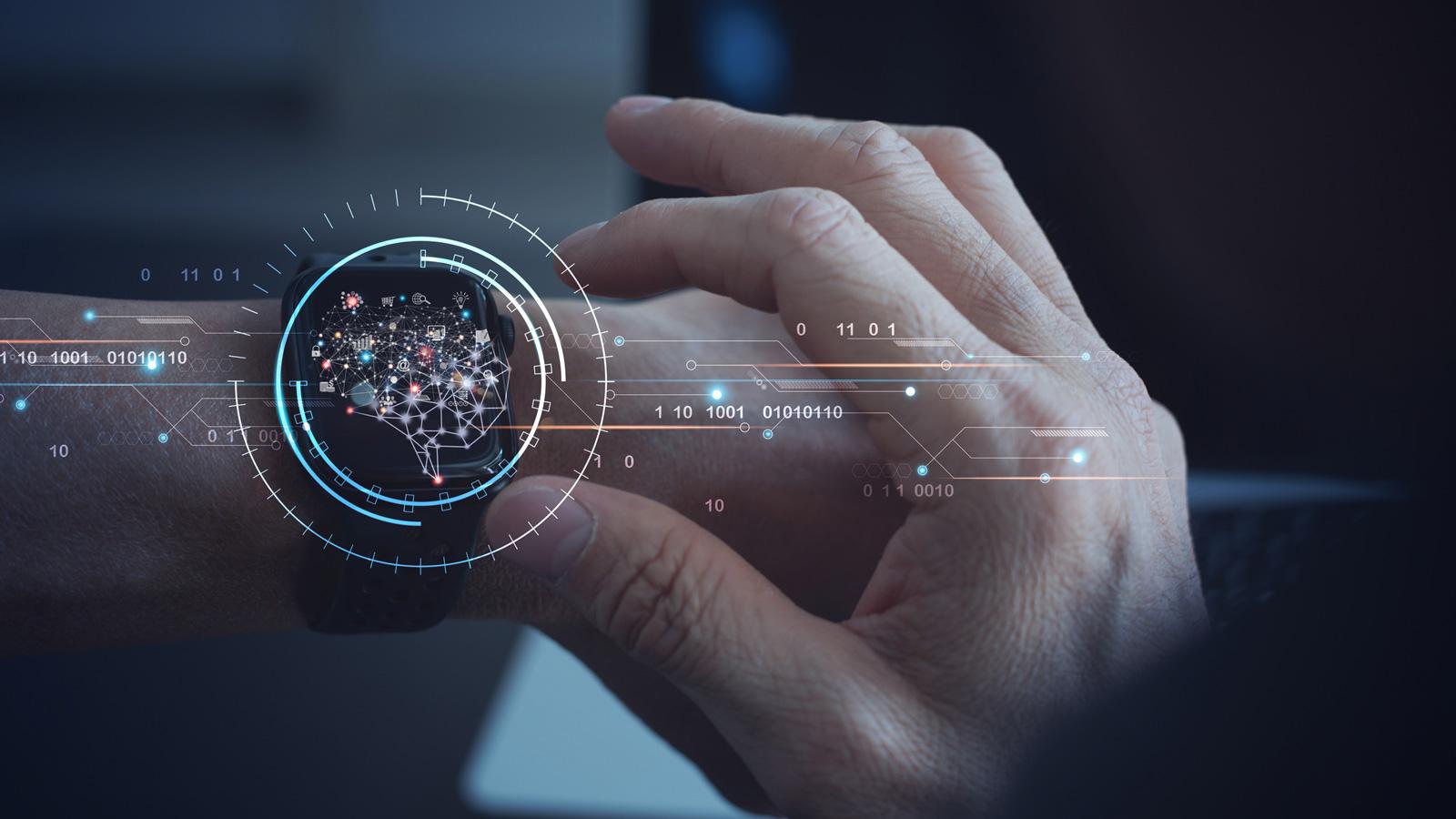Empowering health through innovation: Smartwatches as diagnostic aids

The capabilities of smartwatches are still very much evolving, and in recent years thoughts have turned to the possibility of using them as medical devices.
As a type 1 diabetic, I've followed discussions on smartwatches that can read blood glucose non-invasively (meaning without piercing the skin) with interest. At present, however, readings gathered this way by smartwatches are known to be unreliable, meaning this is still something that would be used out of interest, rather than for medical benefit – for a type 1 diabetic, relying on inaccurate blood glucose readings to make insulin-dosing decisions could prove to be catastrophic.
I do use a smartwatch to monitor my blood glucose levels, but the data is gathered via a NICE-approved sensor, with my watch essentially acting as a display screen. The importance of data accuracy here cannot be understated when it comes to managing my condition, and so I would expect it to be a number of years before I can rely upon a smartwatch as a standalone blood glucose monitor.
However, it does appear that smartwatches could already prove to be useful diagnostic tools, as demonstrated in a recent article. The capability of smartwatches to measure movement is far more advanced, and using this functionality, the study shows that it is possible to accurately detect Parkinson's disease up to seven years before symptoms emerge, based upon the wearer's speed of movement and average acceleration. Whilst there is currently no known way to avoid the development of the condition, other studies have found that it can potentially be delayed, and progression slowed, through exercise and diet.
Diagnostics to slow progression of conditions
As such, the ability to take steps to delay the onset of the condition up to seven years before symptoms emerge could potentially buy the patient even more time before deterioration of their condition, whilst also slowing future progression. The resulting impact on longevity and quality of life for the future Parkinson's population would be significant.
I, for one, am very much an advocate of using technology to simplify and improve management of medical conditions, and the emergence of diagnostic and preventative uses like this opens up a world of possibilities. We can already measure our heart rate and sleep phases through our watches, and in years to come it appears we could have them alert us to possible medical concerns as they arise, too.
Looking ahead, it will be interesting to see how quickly (and to what extent) medical and diagnostic functions are integrated into smartwatches intended for general wear (as opposed to specific medical/diagnostic use).
Patency and trademarks in wearable tech
Generally, ‘tech’ companies tend to keep new developments close to their chest, so that they can look to secure patent protection for new technology, before releasing details of their new product to the public. This means that patent applications are often filed long before a product launch, with publication deferred where possible to keep details of the technology secret for as long as possible.
From a trademark perspective, however, most trademark registers worldwide are publicly accessible, and so the ability to seek protection of a new brand without it becoming public knowledge is much more time-limited.
The tech giant Apple, for example, is known to file trademark applications in countries like Jamaica, where the register is not publicly accessible and publication of an application could take some time. Even so, this only provides a six-month “secrecy period” before they would need to claim priority from the first application in other more conspicuous territories if they are to utilise that earlier filing date. Due to this time limitation, trademark applications are generally filed much closer to product launch.
Nevertheless, once available for review on the registers, the trademark filings of smartwatch companies can provide an insight into the potential uses of their devices, even if they are not actually capable of those functions when the applications are filed. A review of the EU register shows that the first trademark applications filed for the Apple Watch in September 2014 covered “health, fitness, exercise, and wellness sensors, monitors and displays for medical use; medical apparatus and devices” in class 10, which arguably includes diagnostic functions like that identified in the article above, as well as blood glucose monitoring and various other medical uses that haven’t yet been identified as smartwatch capabilities.
The lesson that filings like this teach us is that, when seeking trademark protection for an entirely new technology, it’s not necessarily possible to identify how that technology will have developed in five or more years. As such, when drafting a trademark specification, it is useful to include both broad and specific descriptions, in order to capture functionality that you are aware of now, and also potential future developments that nobody has even dreamt of just yet, but that you intend to use the trademark for if that functionality becomes possible.













